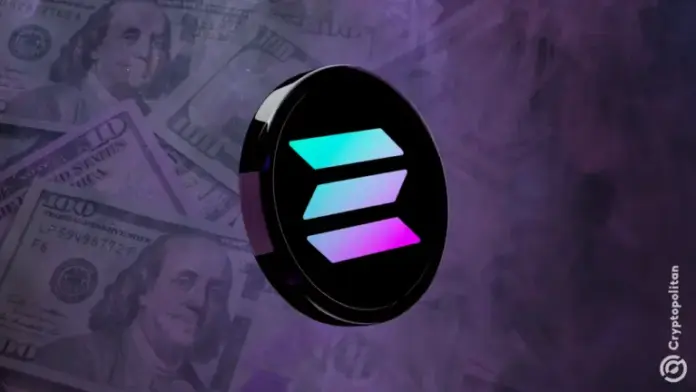Solana Company HSDT staking strategy takes a significant step forward as the firm enters institutional‑grade staking agreements with leading Solana validators. The public‑listed entity has announced partnerships intended to enhance its digital asset treasury management while leveraging the earning potential of SOL via secure staking infrastructure.
Institutional Staking Agreements and Treasury Management
Solana Company (NASDAQ: HSDT) disclosed on October 23, 2025 that it has formalised agreements with Helius and Twinstake to provide non‑custodial staking services for its holdings of SOL. At the same time, the company is staking SOL directly from qualified custody at Anchorage Digital Bank.
These agreements allow Solana Company to delegate its SOL to the named providers so that it can benefit from on‑chain staking rewards, participate in voting with its staked tokens, and receive reporting on staking activity.
Strategic Significance and Institutional Infrastructure
According to the company, Helius and Twinstake are ranked among the top 25 validators on the Solana network by total SOL staked. Solana Company emphasises that by working with these validators it is strengthening its operational foundation while contributing to ecosystem decentralisation.
The company also underscores compliance and robust infrastructure: Helius claims more than 13 million SOL staked and operates a SOC 2 Type II infrastructure. These details support the positioning of the staking arrangement as institutional‑grade.
Yield Potential and Network Context
As part of its treasury strategy, Solana Company highlights that SOL offers a native staking yield of approximately 7 %.
In addition, the Solana network is cited in the announcement as processing more than 3,500 transactions per second, supporting around 3.7 million daily active wallets, and handling more than 23 billion transactions year‑to‑date.
Benefits, Risks and Key Considerations
Benefits
- The staking agreements provide Solana Company with a potential recurring return stream from its SOL holdings, rather than leaving them idle.
- By using non‑custodial staking services combined with qualified custody via Anchorage Digital, the company is advancing an infrastructure suited for institutional asset management.
- The use of multiple validators (Helius and Twinstake) may enhance diversification of staking risk and tie the company to well‑established network participants.
Risks & Considerations
- Although the native staking yield is approximately 7 %, the actual net yield for Solana Company will depend on provider fee structures, validator uptime, possible slashing events, and the company’s own governance of its delegated holdings.
- The value of SOL remains subject to market volatility, which could affect the overall treasury value and the realised benefit of staking.
- Regulatory and operational risks remain: staking activities, validator service agreements and digital asset custody all inhabit evolving regulatory frameworks, which may change.
- While the announcements focus on strategy and partnerships, the actual magnitude of SOL delegated, periods of lock‑up (if any), and realised returns remain to be disclosed in future filings.
Outlook and Conclusion
For investors and market observers, Solana Company’s HSDT staking strategy marks a noteworthy shift: from passive treasury holdings to an active yield‑seeking stance within the Solana ecosystem. By engaging top validators and regulated custody, the company is positioning itself as a serious institutional participant in blockchain treasury operations.
Moving forward, attention should be paid to future disclosures from Solana Company regarding the size of its delegated holdings, actual net reward yields, provider selection metrics, and how the company manages validator performance and risk. Should the strategy be executed successfully, the company may serve as a benchmark for publicly‑listed digital asset treasuries.


